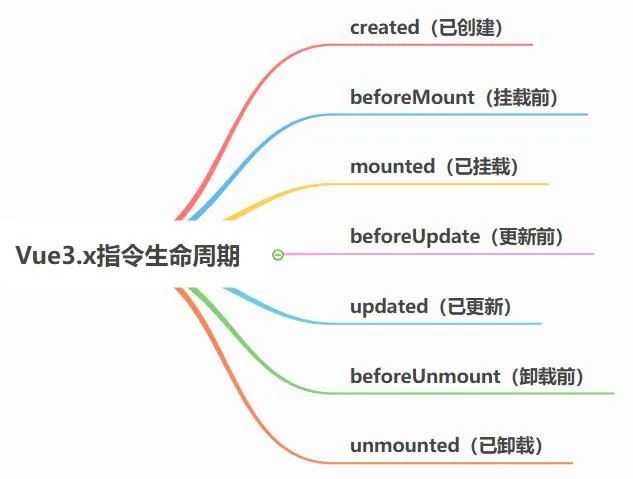Vue3.x开发知识点
anchovy 人气:0PS:以下知识点都是基于 vue3.x + typescript + element-plus + setup语法糖 使用的。
一、定义组件属性
const props = defineProps({
visible: {
type: Boolean,
default: false
}
})
console.log(props.visible)[warning] 注意:defineProps 不用从vue引入,setup 语法糖环境会自动识别
二、formatter简写
在 el-table-column 中使用 formatter 简写
<el-table-column label="时间" prop="createTime" :formatter="(...args: any[]) => formatTime(args[2])" />
三、子父组件通信
子组件:
<script setup lang="ts">
const props = defineProps({
visible: {
type: Boolean,
default: false
}
})
const emit = defineEmits(['closeILdialog']) // 注册触发器,defineEmits不用从vue引入,setup语法糖环境会自动识别
function onDialogClose() {
emit('closeILdialog') // 触发
}
</script>
<template>
<el-dialog
v-model="visible"
width="900px"
@close="onDialogClose"
title="日志"
:close-on-click-modal="false"
>
</el-dialog>
</template>父组件:
<script setup lang="ts">
let ILdialog = reactive({
visible: false
})
function closeILdialog() {
ILdialog.visible = false
}
</script>
<template>
<instruct-log :visible="ILdialog.visible" @closeILdialog="closeILdialog"></instruct-log>
</template>四、监听组件属性变化
const props = defineProps({
visible: {
type: Boolean,
default: false
}
})
// 监听visible
watch(() => props.visible, (newV) => {
if(newV) {
// ...
}
})五、自定义指令

局部指令:
<script setup lang="ts">
const vFoo = {
mounted(el: any, binding: any) {
console.log(binding.value) // 123
}
}
</script>
<template>
<div v-foo="123" v-auth="true"></div>
</template>[warning] 注意:局部指令定义需要 v 开头,如:vFoo,这样才能识别到 v-foo 指令
全局指令:
const app = createApp(App)
// 权限指令
app.directive('auth', {
mounted(el: any, binding: any) {
if(!binding.value) {
el.parentNode.removeChild(el)
}
}
})总结
加载全部内容